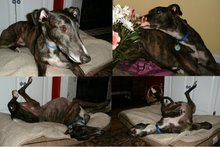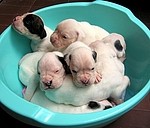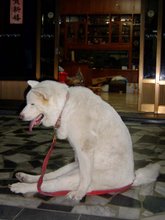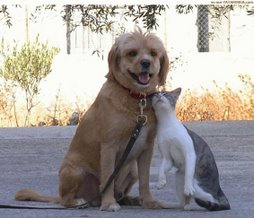Use the things your dog likes to teach her/him obedience
A very important rule to follow is to use the things your dog likes in order to teach her/him obedience. If you give your dog things s/he likes for free, then there is no reason to be obedient. S/he needs to understand that you have a "give and take" relationship. S/he has to “give” something (obedience) in order to gain what s/he likes (food treat).
In order to encourage a behavior you should use reinforcers. These reinforcers vary. They can be something your dog really enjoys for example: food treats, rubbing behind her/his ears, playing with a favorite toy or it can be a verbal appraisal like “Good”. The above mentioned reinforcers can be combined. For example: you can say “Good” and also give a food treat in order to increase your dogs awareness of the situation. This combination can stop when your dog responds to what you want 9 out of 10 times.
Considering the above mentioned practices we conclude that: If you give your dog the things s/he enjoys only after s/he has obeyed, s/he will anticipate obedience, because s/he knows that it only leads to the things s/he really enjoys!













